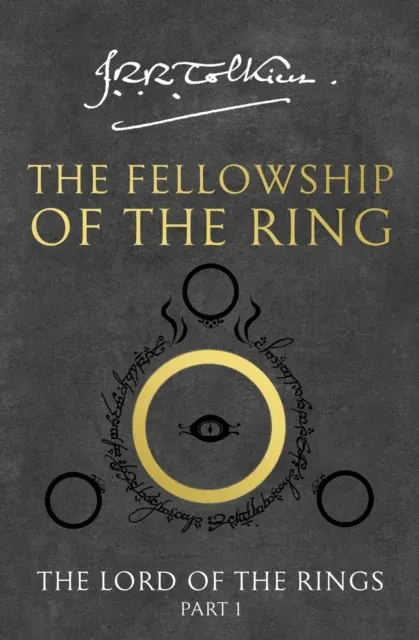Poem Analysis

Today, I will analyze two poems written by Emily Dickinson. Here are the original poems (I will bold rhyming words. Emily uses a four-line rhyme scheme: ABCB in the first one):
I Never Saw a Moor
I never saw a moor,
I never saw the sea;
Yet know I how the heather looks,
And what a wave must be.
I never spoke with God,
Nor visited in heaven;
Yet certain am I of the spot
As if the chart were given.
In this poem, Emily Dickinson says that she never saw some things in her life, but she knows what they will look like nevertheless.
In stanza 1, Emily says that she never saw a moor or the sea, but she knows what they look like and what they are.
Stanza 1 sets up for stanza 2, where Emily says that she never spoke with God or visited heaven, but she knows that she has a spot reserved there.
This poem shows that people don't need to see something to believe that it's there, someone could never have seen Jupiter, but he knows it's there anyway, just like Emily never saw heaven, but still knew it was there. So, believing is seeing.
I'm Nobody! Who Are You?
I'm Nobody! Who are you?
Are you --- Nobody --- too?
Then there's a pair of us!
Don't tell! they'd advertise --- you know.
How dreary --- to be --- Somebody!
How public --- like a Frog ---
To tell one's name --- the livelong June ---
To an admiring Bog!
In this poem, Emily talks about the contrast between being somebody (a.k.a. being famous), and being nobody (not famous).
In the first stanza, Emily is having a conversation with another nobody and telling him/her not to tell other people because it will become public. Emily thinks that it is not good to become famous because you lose your privacy.
In the next stanza, Emily talks about how being a somebody isn't necessarily a good thing. She compares the somebody to a frog that tells its name to the whole admiring bog. The frog is a metaphor for somebody who is a public figure, and the bog is a metaphor for the public/world.




